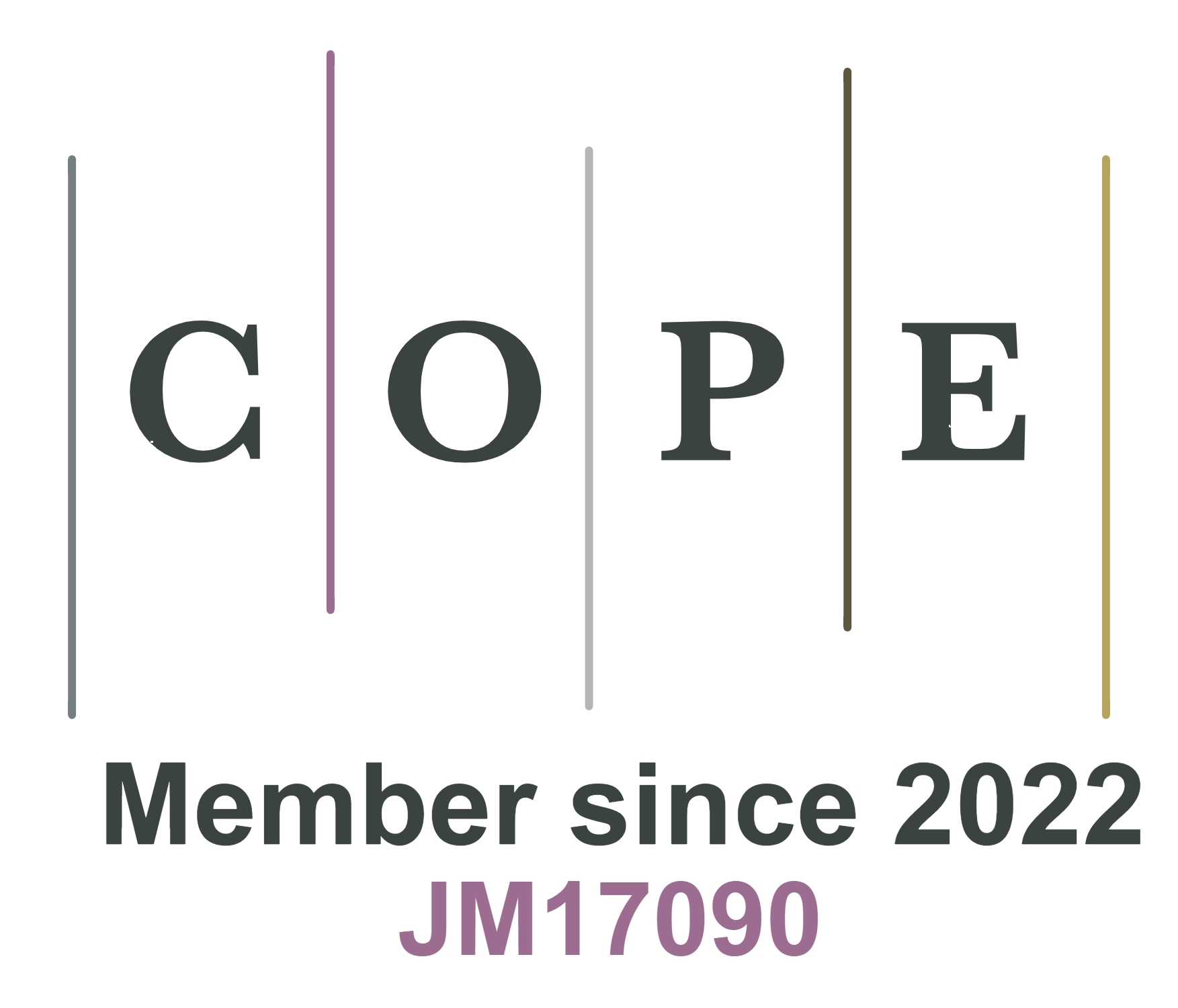Inducing multiple polarizations in core@double-shell structured MXene/PVDF flexible nanodielectrics toward elevated overall dielectric performances
Abstract
Titanium carbide (MXene) has garnered much attention in the development of high permittivity (ε) flexible polymeric dielectrics because of its exceptionally high electrical conductivity, nevertheless, large dielectric loss at the percolating filler loading severely restricts their engineering applications. In this work, the exfoliated MXene was first surface oxidized (O-MXene) and then encapsulated with a layer of PDA (polydopamine), and the dielectric properties of the O-MXene@PDA/polyvinylidene fluoride (PVDF) nanocomposites were investigated. The findings reveal that compared with both pristine MXene and MXene@PDA, the double-shell O-MXene@PDA imparts PVDF with evidently enhanced ε and breakdown strength (Eb) along with significantly low dielectric loss. The elevated ε is ascribed to the O-MXene@PDA inducing multiple intra-particle and inter-particle polarizations. The presence of double shell not only induces deep charge traps capturing mobile charges but also raises the energy barrier height for trapped charges de-trapping, subsequently leading to remarkably restrained loss and leakage current in the nanocomposites. Moreover, the second PDA interlayer enhances interfacial interactions between MXene and PVDF, and notably mitigates the strong dielectric mismatch between the two components, therefore lessening the formation of electric trees and promoting the Eb. The theoretical fitting and simulations provide deep insight into the underlying multiple polarization mechanisms and the double shells’ impact on charge migration. This core@double-shell approach presents new insights into the fabrication and design of percolating nanocomposites at low filler loading with concurrently high ε and Eb but low loss, presenting potential applications in power electronic devices and power systems.
Keywords
Polymer nanocomposites, core@double-shell structure, charge traps, dielectric properties














